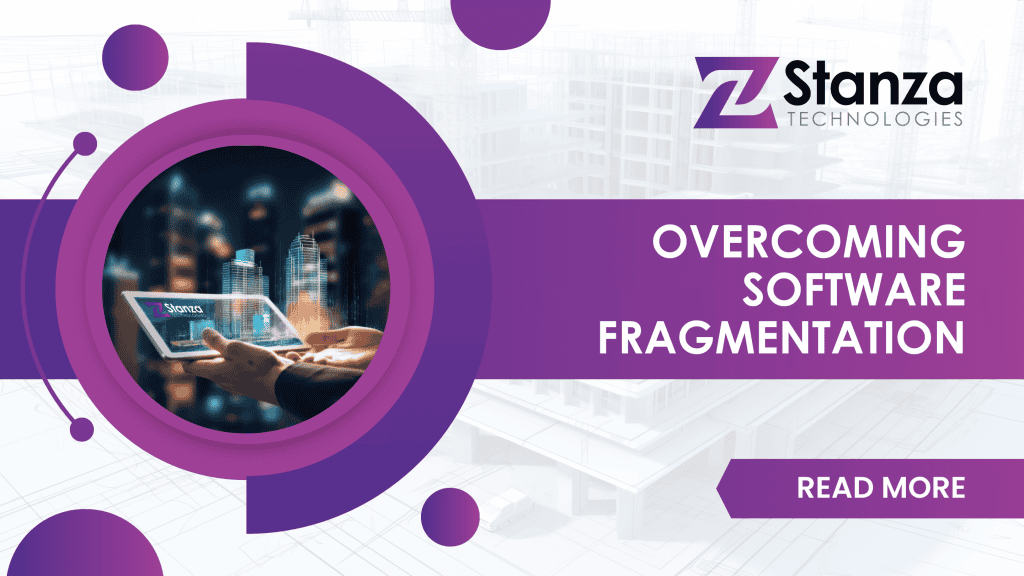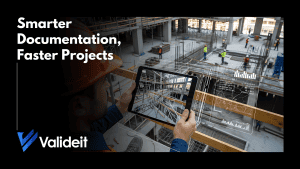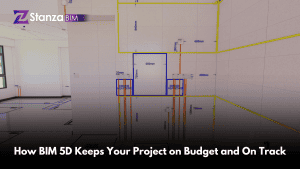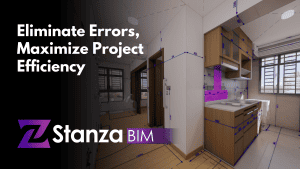The construction industry, traditionally known for its reliance on manual processes and labor-intensive practices, is on the cusp of a technological revolution. However, despite the clear benefits of digital tools and innovations, technology adoption in construction could be faster. One of the main reasons for this sluggish pace is the industry’s need to identify the right software solutions, compounded by the necessity of using multiple platforms to address a single issue.
In the construction industry, the array of available software can be overwhelming. The choices are vast, from project management tools and Building Information Modeling (BIM) systems to scheduling software and cost estimation applications. This abundance of options often leads to paralysis by analysis, where decision-makers find it challenging to select the best and the most suitable tools for their needs. The lack of standardization in the industry means that what works for one company might not necessarily work for another, adding another layer of complexity to the decision-making process.
Moreover, construction professionals may not always have the technical expertise to evaluate software effectively. This knowledge gap can result in suboptimal choices, where companies invest in software that either underperforms or fails to integrate seamlessly with existing processes. The fear of making a wrong decision and the high cost of software solutions can deter companies from adopting new technologies altogether.
Even when construction companies successfully identify the right software, another significant challenge emerges: the need to use multiple software solutions to tackle a single problem. For instance, a typical construction project might require separate applications for design, project management, budgeting, and communication. This fragmentation can lead to inefficiencies and increased complexity.
Integrating these disparate systems often requires significant effort and expertise. Data must be transferred between platforms, which can be time-consuming and prone to errors. Furthermore, employees need to be trained on multiple systems, which can lead to steep learning curves and reduced productivity in the short term. The lack of interoperability between different software solutions can also hinder real-time collaboration and data sharing, which are critical components for successful project execution.
The construction industry needs to move towards more integrated and user-friendly solutions to address these challenges. Software developers increasingly recognize the need for platforms offering comprehensive, end-to-end solutions. One of the best examples of such a unified platform solution is Stanza Technologies’ Valideit. Valideit aims to streamline processes by consolidating various functions into a single interface, thereby reducing the need for multiple disconnected tools.
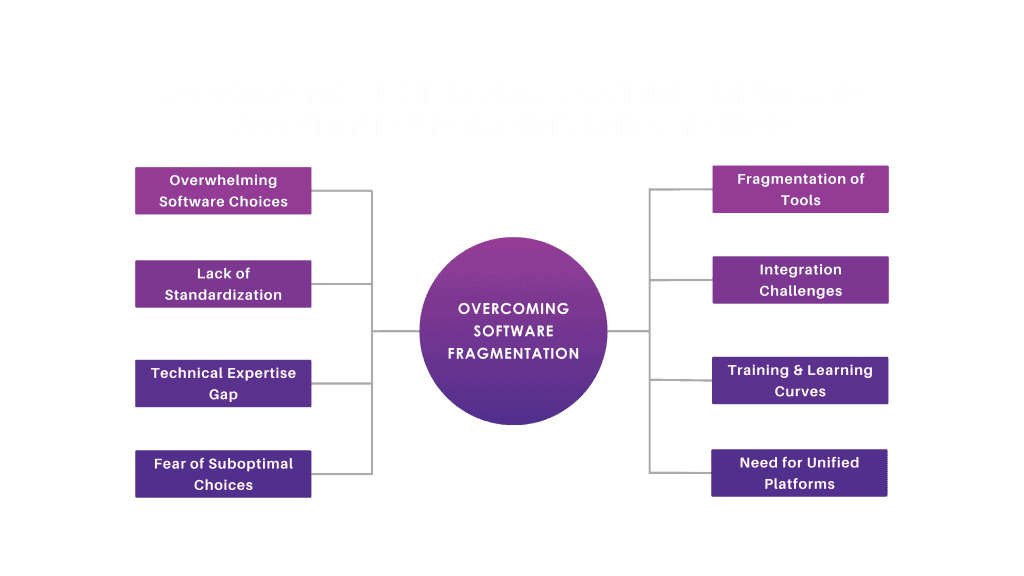
Additionally, there is an ever-growing emphasis on interoperability and open standards, which allow different software systems to communicate and share data more effectively. This approach not only simplifies workflows but also enhances collaboration across project teams.
The slow-paced adoption of technology in the construction industry can be attributed to the complexity of choosing the right software and the burden of managing multiple solutions for a single problem. However, by embracing integrated platforms like Stanza Technologies’ Valideit and promoting interoperability, the industry can overcome these challenges and unlock the full potential of digital transformation. As construction companies become more adept at navigating the software maze, they will be better positioned to leverage technology for increased efficiency, reduced costs, and improved project outcomes.
